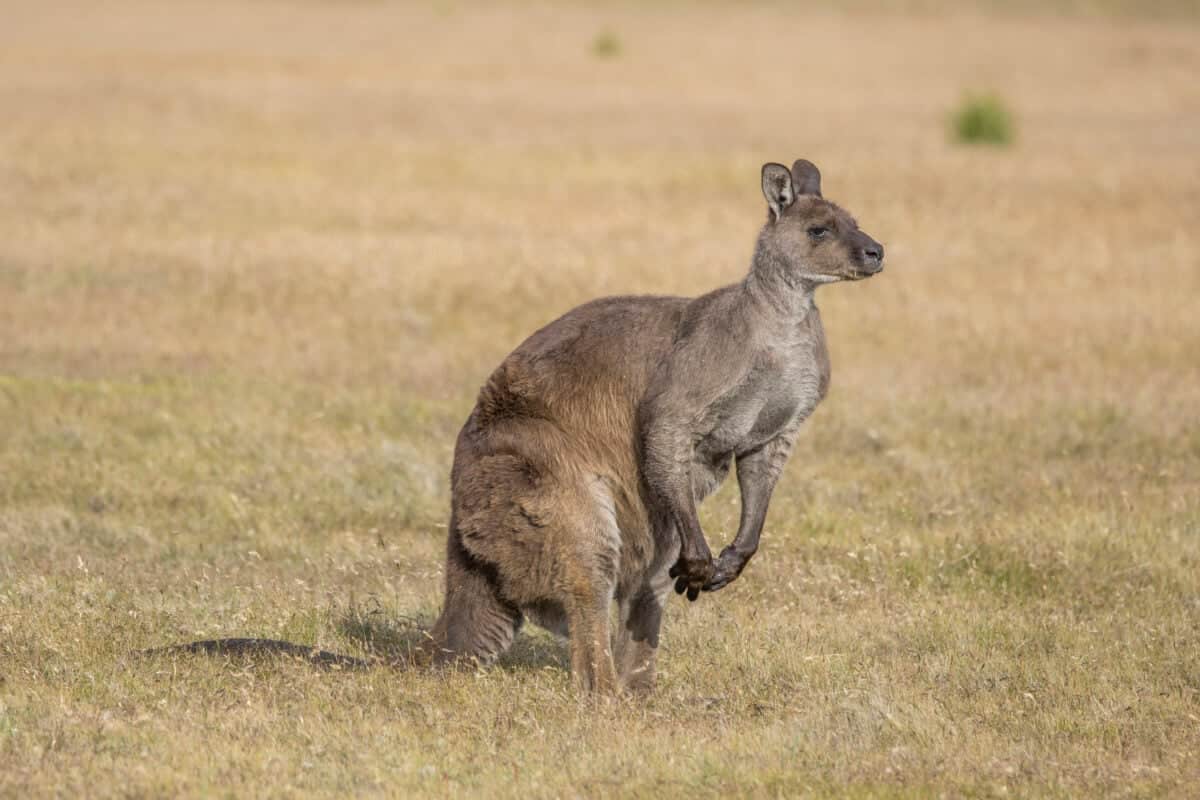Tree kangaroos, fascinating yet lesser-known relatives of the Australian kangaroos and wallabies, are unique marsupials found predominantly in the rainforests of Papua New Guinea. These elusive creatures have an interesting arboreal lifestyle, spending most of their lives in the trees. Adapted to a life off the ground, they exhibit remarkable agility and balance, which are essential for their survival in the dense, multi-layered rainforests.
Unique Adaptations for Arboreal Living
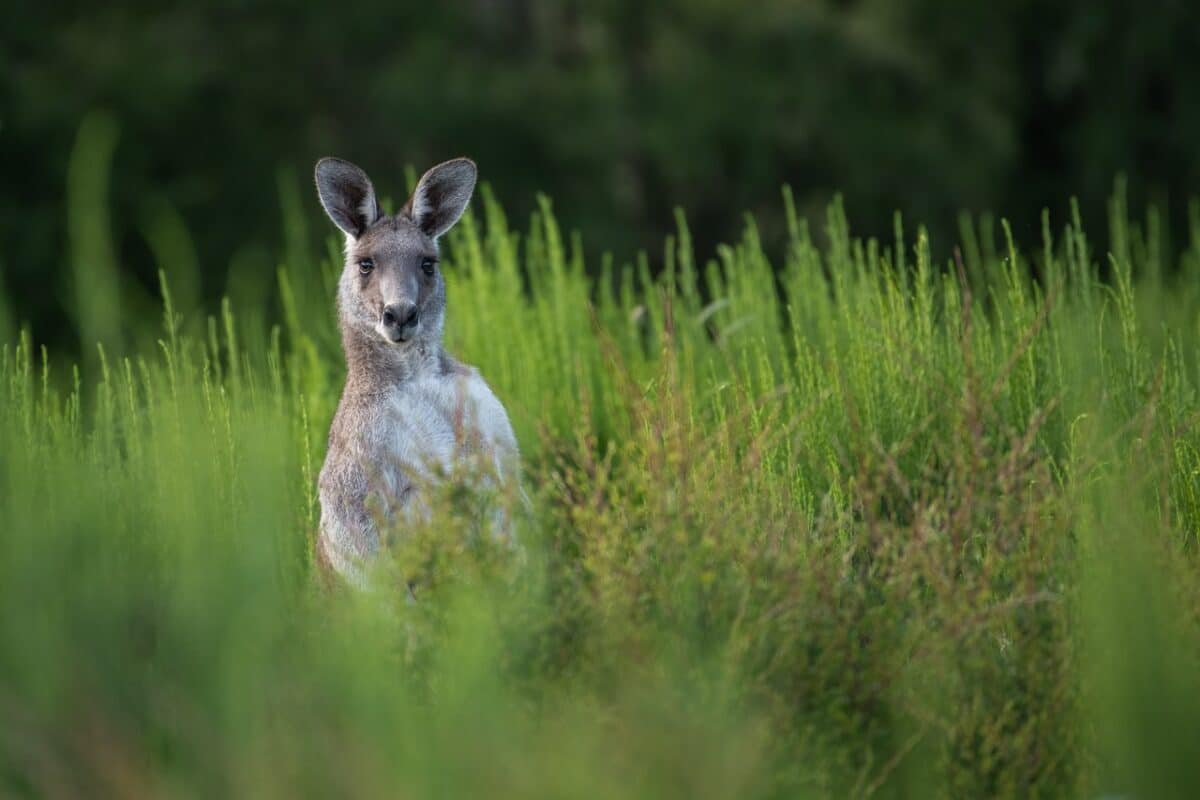
Unlike their terrestrial cousins, tree kangaroos have developed several distinctive adaptations. These include strong forelimbs, curved claws, and a long pendulous tail that aids in balance. Their robust hind legs, crucial for leaping across trees, allow these animals to cover distances up to 9 meters in a single bound. Their feet, with rubbery soles, enable them to grip slippery branches effectively, making them excellent climbers.
The Ecosystem of Papua New Guinea Rainforests
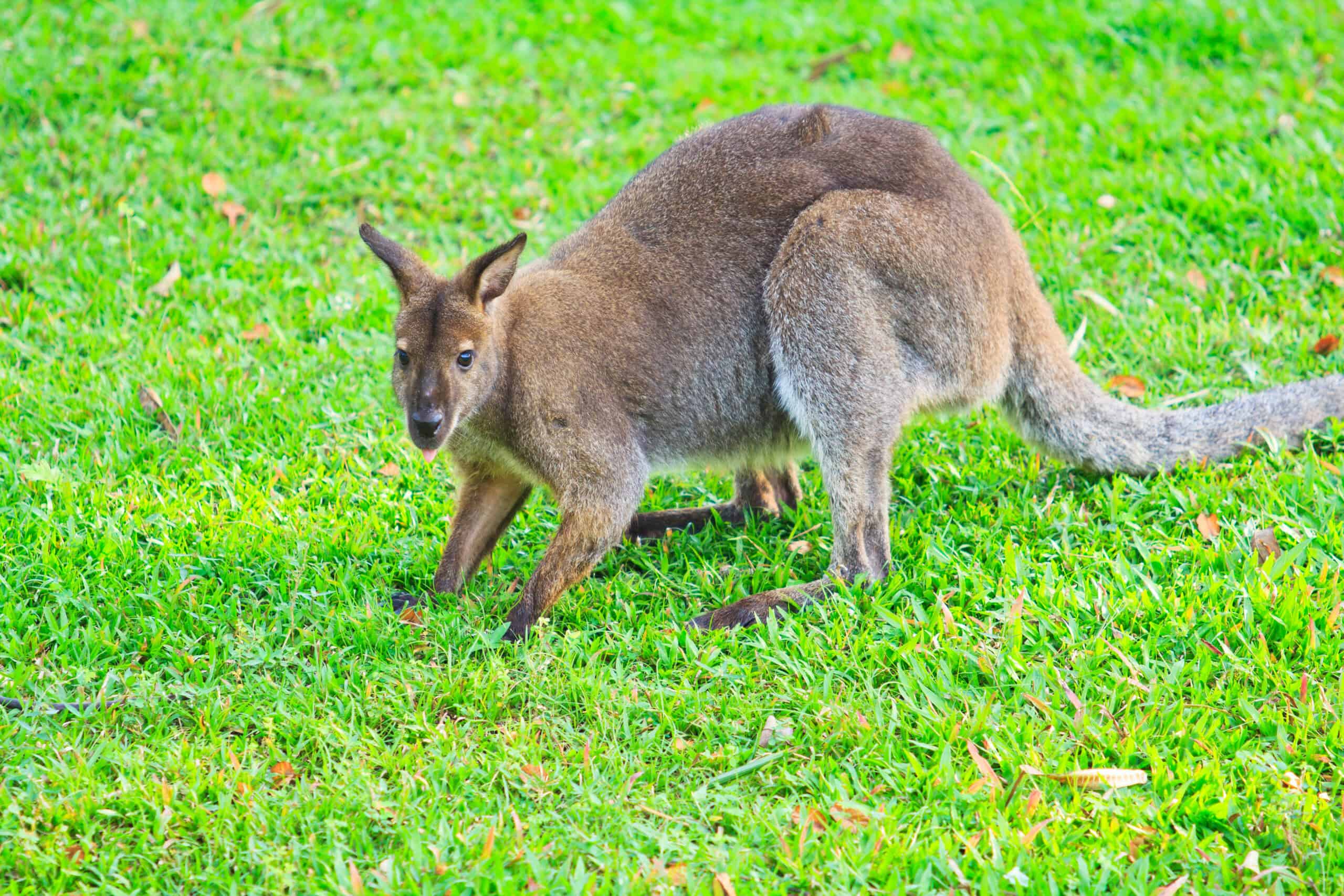
The rainforests of Papua New Guinea are a haven for biodiversity, supporting an intricate web of life. They provide both a habitat and food sources necessary for the tree kangaroo’s survival. These forests are teeming with various species of flora which contribute to the tree kangaroo’s diet, including leaves, fruits, flowers, and bark.
A Delicate Balance Challenges Faced by Tree Kangaroos

The tree kangaroo faces numerous challenges in maintaining its delicate balance of life. Human activities, particularly deforestation and habitat destruction, pose significant threats. Logging, mining, and expansion of agricultural land have led to habitat fragmentation, making it increasingly difficult for tree kangaroos to find sufficient food and mate. Additionally, climate change poses a looming threat by altering the delicate ecosystem upon which they depend.
Conservation Efforts and Community Involvement
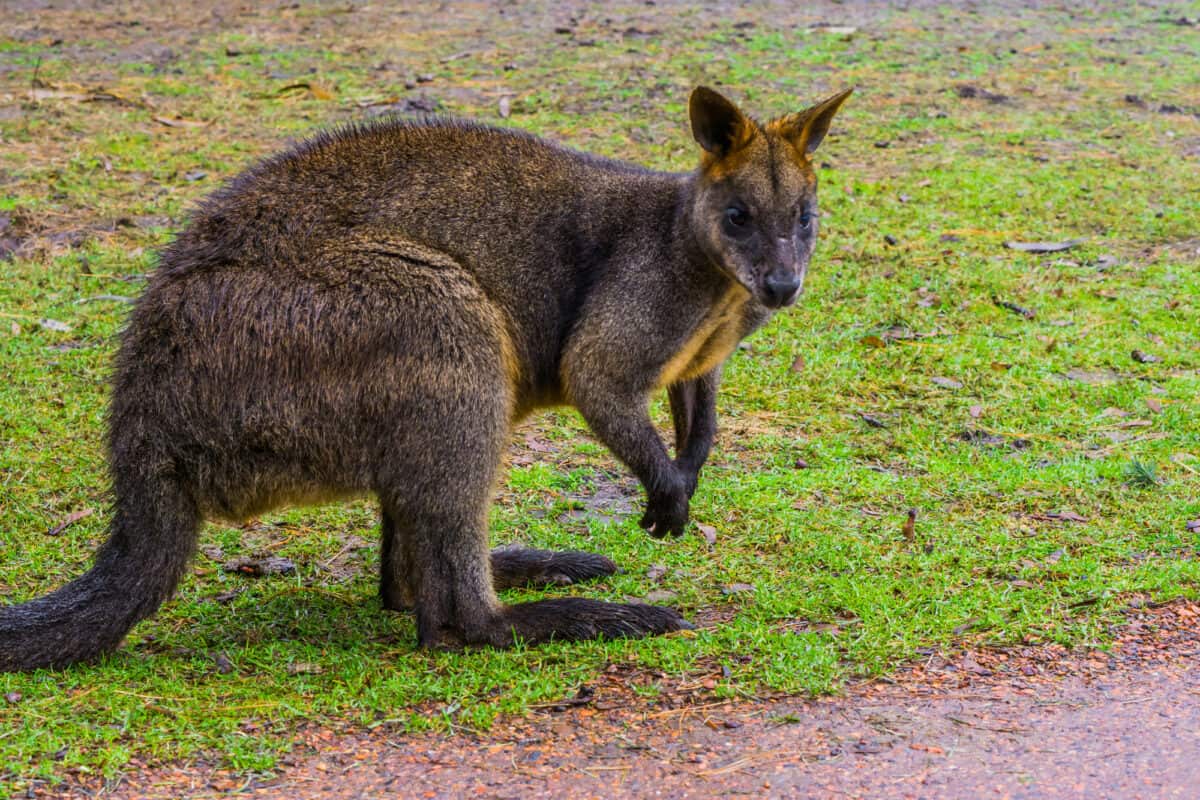
Efforts are underway to conserve these unique creatures and their habitat. Collaboration between international conservation organizations and local communities has proven vital. Community-based conservation programs in Papua New Guinea aim to empower local populations through education and participation in sustainable practices. These initiatives often involve creating protected areas, restoring degraded habitats, and promoting eco-friendly development that balances the needs of both humans and wildlife.
The Role of Research and Education
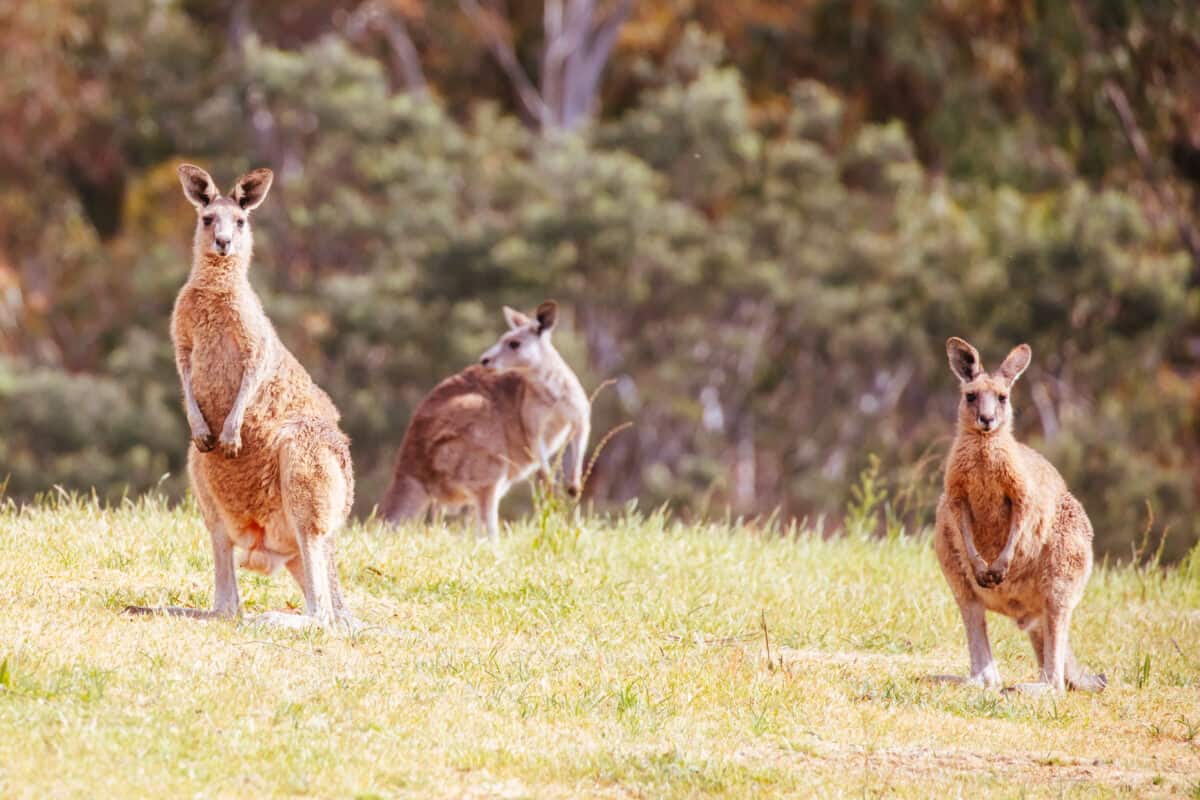
Research plays a critical role in understanding the behavior and ecology of tree kangaroos, which is essential for developing effective conservation strategies. Studies involving tracking tree kangaroo movements and monitoring population health provide valuable data that guides conservation decisions. Educational programs, both locally and globally, raise awareness about the importance of preserving these remarkable marsupials and the rainforests they inhabit.
Conclusion: A Call to Action
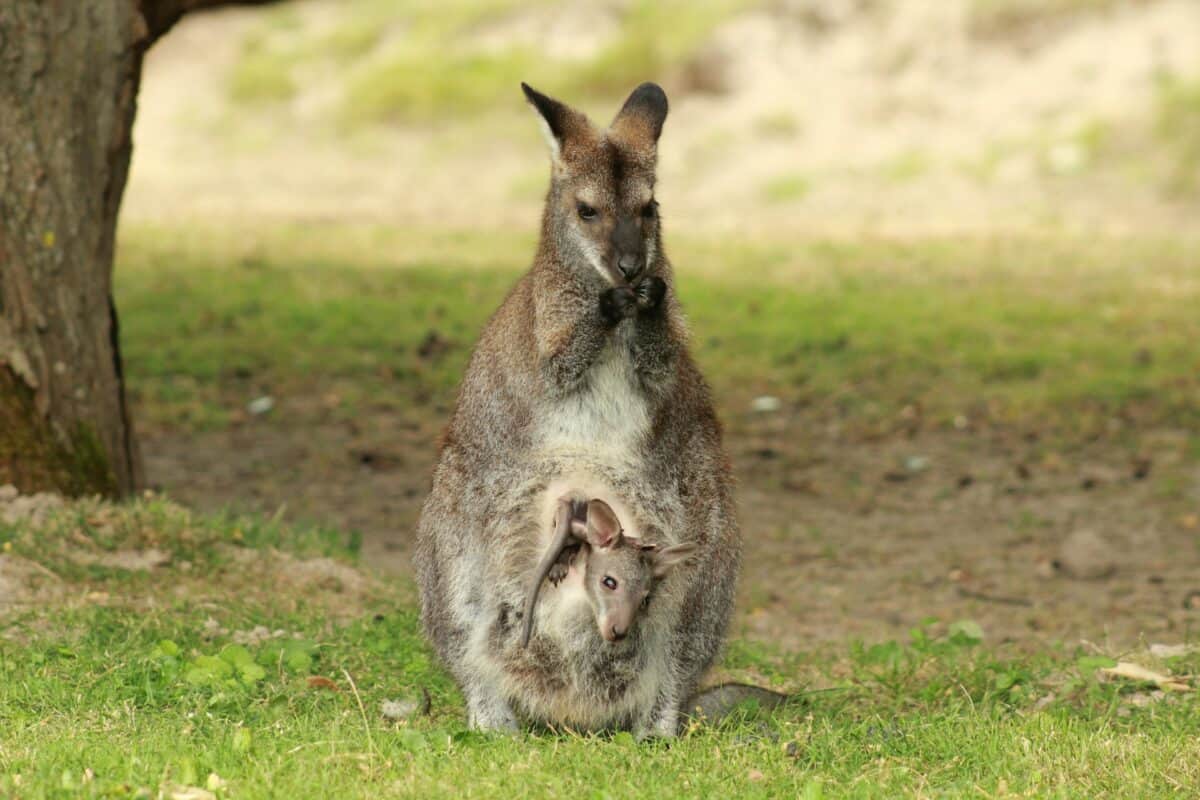
Tree kangaroos embody a delicate balance of life within the rainforests of Papua New Guinea. Their survival is intricately linked to the health of their forest environment. Protecting them requires a multifaceted approach involving conservation, community engagement, research, and education. It is crucial for the global community to recognize the significance of these species and support initiatives that aim to safeguard their future. Through combined efforts, we can ensure that tree kangaroos continue to leap gracefully through the trees, as marvels of evolution in one of the world’s richest ecosystems.
- 13 Animals That Survived Extinction - August 21, 2025
- 10 Things That Trigger Komodo Aggression And 3 That Do Not - August 21, 2025
- 10 Record Breaking Animals You Won not Believe Are Real - August 21, 2025

